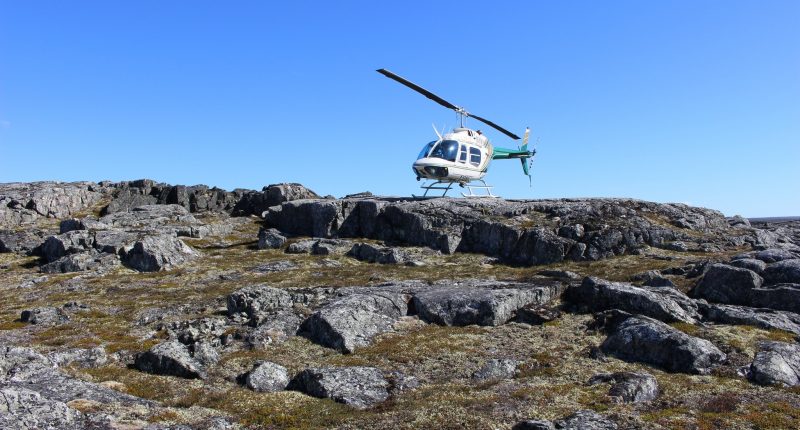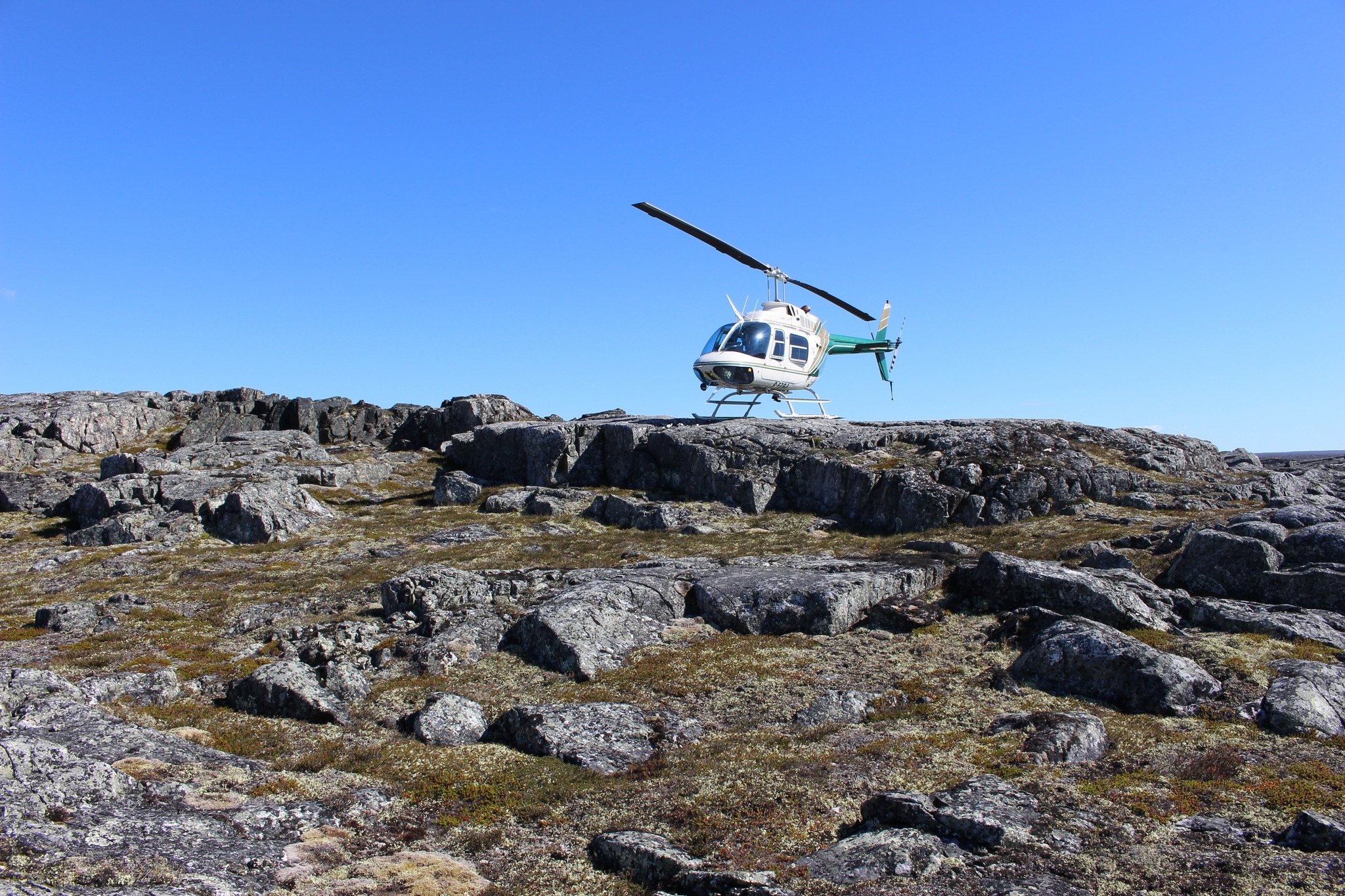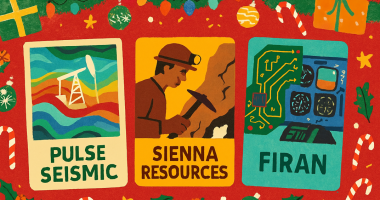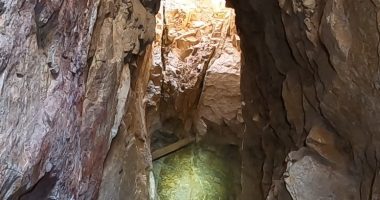- Solstice Gold Corp. (SGC) has completed four drill holes (2,075 metres from a total of 5,000 metres) and a fifth is in progress
- Initial 5,000 metre (10 to 15 drill hole program) was designed to test three main target areas at an average depth of approximately 250 metres below surface
- Phase 1 drilling at the company’s 100 per cent-owned Red Lake Extension has been the focal point of its land holdings
- Solstice Gold Corp. (SGC) is up 10 percent trading at C$0.11 per share as of 12:14 pm EDT
Solstice Gold Corp (SGC) has provided an update on Phase 1 drilling at its Red Lake Extension (RLX) project.
The project is located in the northwestern corner of the Red Lake Gold Camp in the prolific greenstone belt of Ontario.
RLX has been the focal point of the company’s land holdings of over 180 square kilometres of prospective greenstone extensions and important regional structures (Figure 1 below).
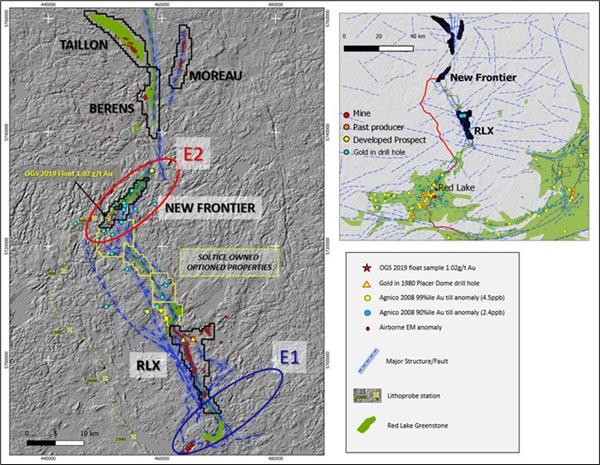
The initial 5,000 metre (10 to 15 drill hole program) was designed to test three main target areas at an average depth of approximately 250 metres below surface.
The company has completed four drill holes (2,075 metres from a total of 5,000 metres) and a fifth is in progress. Holes are designed to test targets detailed in its news release from June 21, 2022.
Mike Timmins, Solstice CEO stated,
“As we approach the halfway mark of our first program at RLX, we’re excited to provide more information to support our thesis of a potential extension of the Red Lake Camp. Observations made around the kilometer scale and extent of alteration, as well as the presence of sulfides and iron formation confirm the various target settings we anticipated. These early indications reinforce our premise for assembling an attractive land position with large-scale regional features, proximal to interpreted deep-tapping structures and focusing our technical work on this underexplored corner of the Camp. Sampled intervals of the first drill holes, including the wide alteration zones, have been submitted for analysis and we anticipate receiving results in the fourth quarter.”
Program highlights:
- Drilling in the Central Target area was designed to test for structurally hosted alteration zones characterized by biotite-sericite schists. All three drill holes testing these targets have intersected heavily altered alteration zones (ALT’s) comprising biotite-sericite, +/- KSpar flooded zones and +/- quartz. These correlate with areas of moderate to weak conductivity as defined by 3D EM modeling (Figure 2 below).
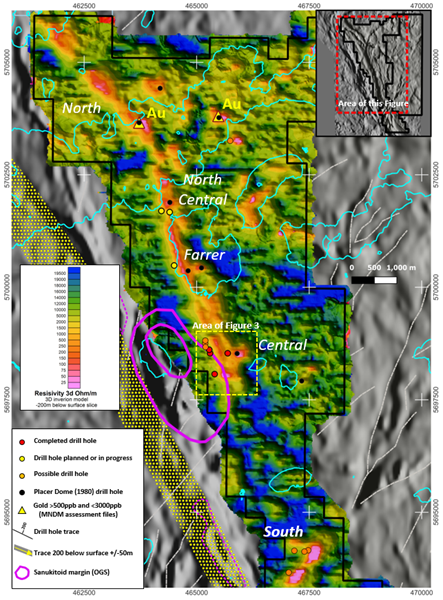
- The ALT’s range from 9 to 36 metre core length and are developed within approximately 50 metre intervals in each hole. True thicknesses of ALT zones are estimated to be approximately 90 per cent of core lengths based on our current interpretation and oriented drill core.
- Primary rock types within the ALT’s have been completely replaced by alteration assemblages. Observed mineralization within the ALT’s ranges from generally trace disseminated pyrite-pyrrhotite (py-po) with local accumulations up to several percent over decimetre sections and locally 1m sections of semi-massive py-po, plus rare chalcopyrite.
- The ALT’s display a primary foliation which is overprinted by a strong secondary (S2) fabric defined by biotite and sericite. They are interpreted to be related to a major structural zone that has affected older rock units (largely intermediate volcanics) and along which there has been pervasive alteration by predominantly K-rich fluids. Intrusive rocks, which occur up-hole of the ALT’s, include pyroxenitic gabbro to granite that, in part, correlate with mapped sanukitoids at surface and which, by definition, are also likely to have exploited major translithospheric structures. Metamorphic grade within the main target ALT’s to date is generally upper greenschist facies.
- Drilling in the Central Target area suggests the altered zones can be correlated over a strike length of at least 1.1 kilometres. Corresponding EM responses of these zones can be traced for over 7 kilometres northwards (Figure 2). Ongoing drilling is planned to test these extensions.
- A strong correlation between the company’s airborne EM 3D inversion model and logged rock units confirms that EM is an effective geophysical method that increases the confidence in our current target selection.
- A secondary target was tested by hole RLXDH22-02, which intersected a 90-metre thick, iron formation with local semi-massive sulphides and alteration (Figure 3 below).
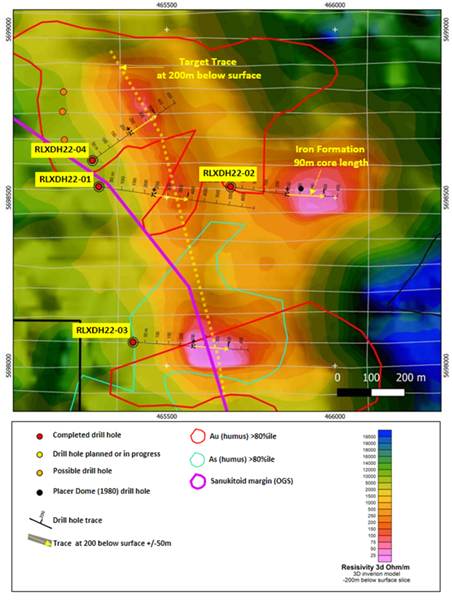
Solstice Gold Corp. (SGC) is up 10 percent trading at C$0.11 per share as of 12:14 pm EDT.
